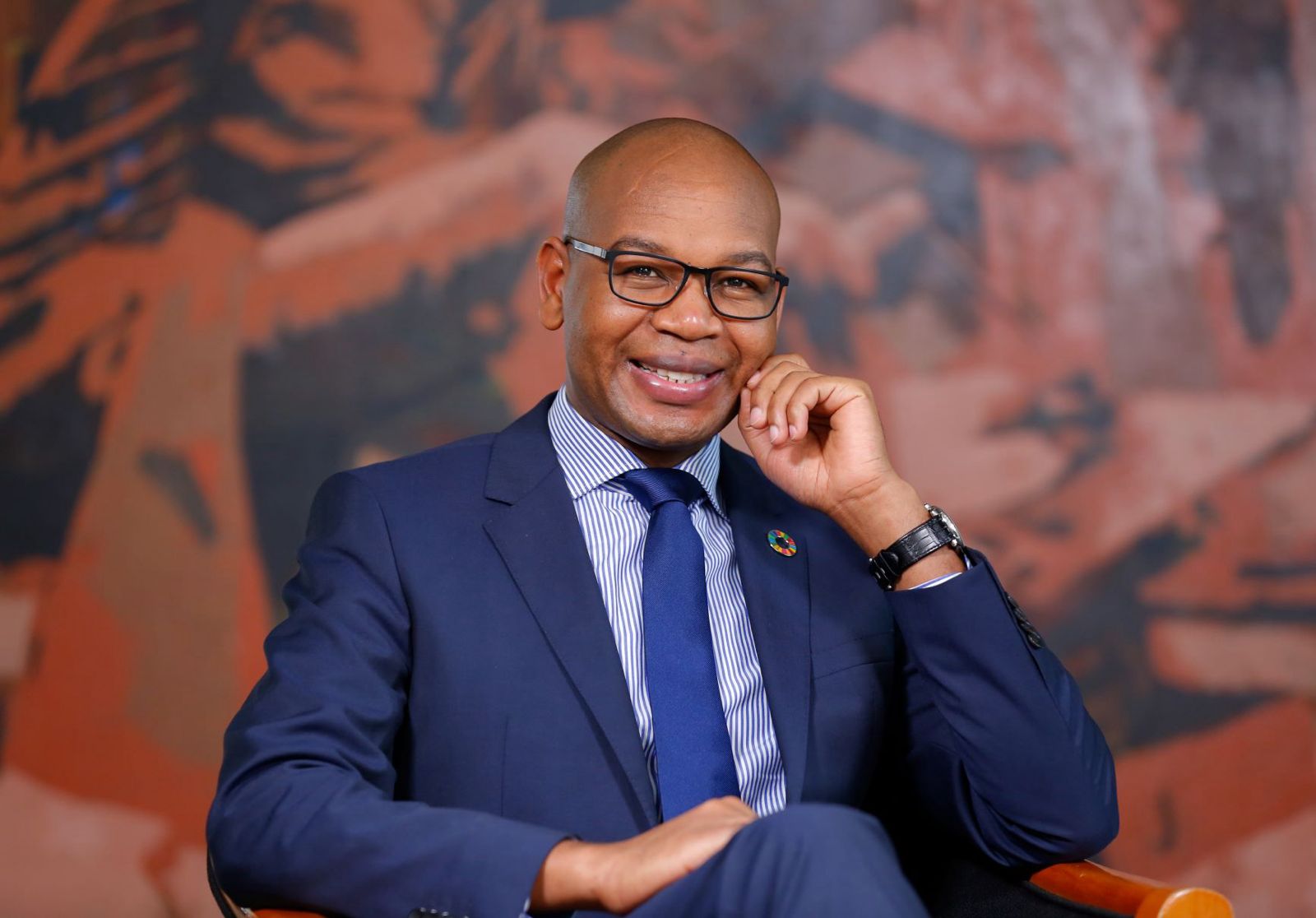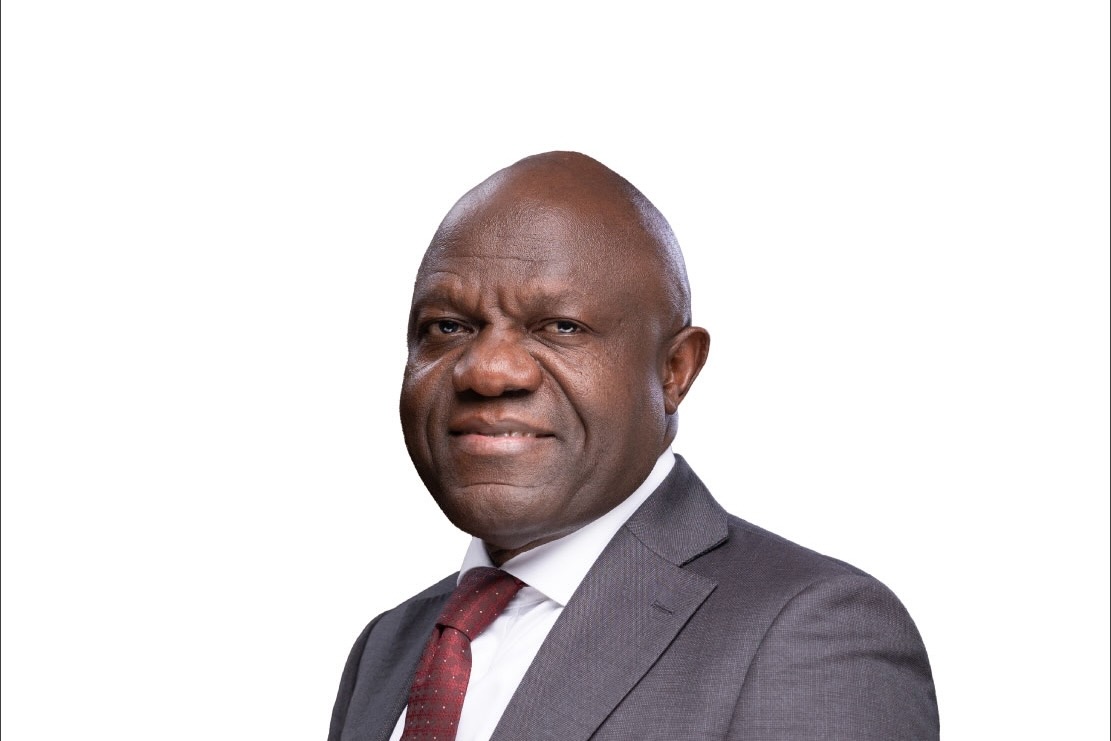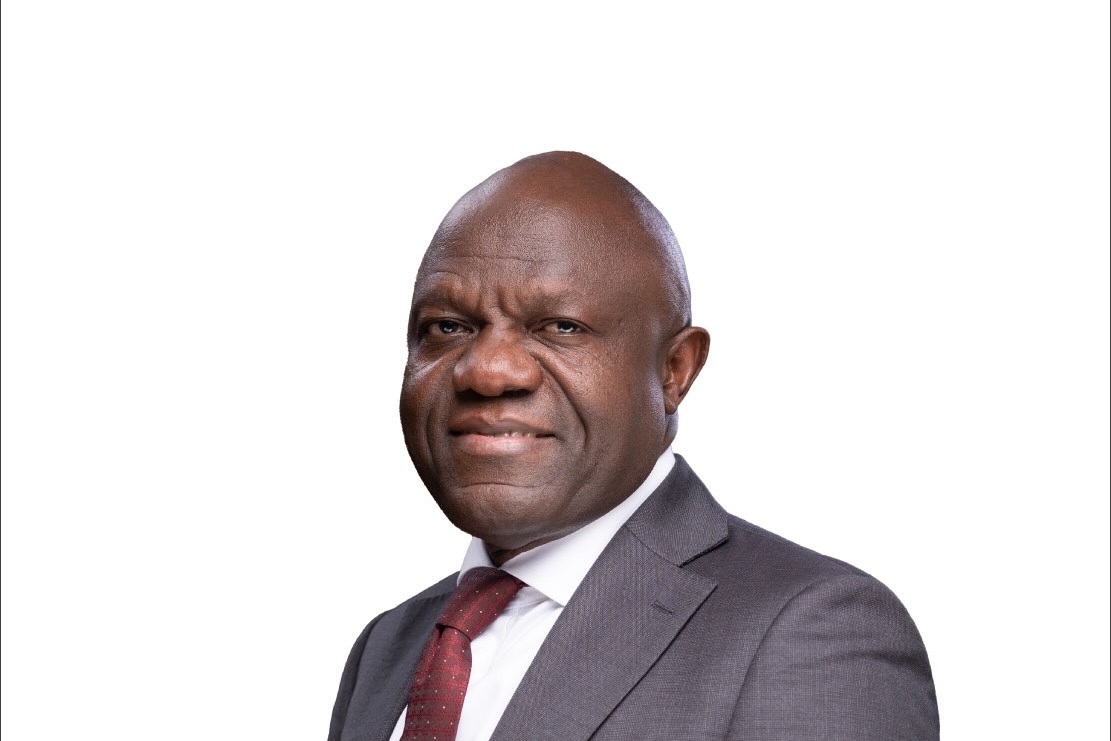How Rwigyema escaped Corner Kilak rebel attack
Cathy Watson (L) as a young journalist in 1986-87
On February 2, New Vision published an account of the three battles at Corner Kilak (northern Uganda) in 1987.
Based on an interview with Major General Rwabantu, who was a young commander at the time, it describes how the NRA repulsed the Holy Spirit Movement in an early morning battle and how Fred Rwigyema arrived in a helicopter to assess the situation.
Fellow journalist Catherine Bond and I were on that helicopter, and the article prompted me to recollect what happened and examine what I wrote at the time. I was reporting for UK newspaper The Independent and the BBC.
My memory of that day is slightly at variance with the New Vision account. For one thing, it was January 14, not January 19. For another, the helicopter landed at 4 pm, not 1 pm. I know that for certain because we were in the camp for about 20 minutes before we were attacked. We then ran through the bush, and then it was nightfall.
My purpose here, however, is not to argue but to try to put down what I recall. Memory is fickle. But one thing I know for sure is while the New Vision piece focuses on the battles adding up to a massacre, we were focused at the time on the magic and beliefs of the Lakwena rebels and how this could be happening and what it meant.
The story began when Catherine and I managed to hop on a plane taking Democratic Party leaders to the consecration of a new bishop in Gulu. We wanted to get a better picture of the instability that was stirring in the north. After a day or two, we left Gulu and rode in a pickup to Lira, where we knew Fred Rwigyema was commanding.
We found Fred in the barracks, where he greeted us and said we could fly with him to a place called Corner Kilak where something important had happened earlier in the day.
We boarded and landed at 4 pm. My article says that we found “hundreds of NRA soldiers singing to celebrate their victory that morning.” It also relates some statistics: about 300 rebels had at- tacked at 6:40 am, the battle had lasted 90 minutes, and 182 rebels had been killed. The rebels, the piece adds, had not been taking cover in the belief that they were protected from bullets.
What I do not describe is the wind of the helicopter blades as we jumped out, the heat and dryness that hit us, commander Stanley Lumumba greeting us, and then walking together to see where the rebels had attacked.
We saw many bodies. A good number were bare-chested, indicating that they were Lakwena fighters and had removed their shirts to rub on the shea butter that they believed protected them. Catherine observed that others had to be UNLA because of the standard-issue underwear.
What happened next? In my article, I wrote that “then there was a stir in the camp. Some rebels had been sighted. But it was a false alarm.”
Of course, it wasn’t a false alarm. An attack was about to start. But for a few more minutes, at least, everything seemed as normal as it could be in a place where a battle had been fought a few hours earlier.
Fred was unalarmed, and we calmly walked back to the center of the defense. We sat on tree trunks, and Lumumba briefed us. Then suddenly things fell apart. The New Vision piece says the attack came from the south and west. I think it came from the north because, when we started running, we ran straight south.
“Bullets cracked and hissed over our heads,” my article in The Independent says. In my mind I can still see Fred signalling for the helicopter to take off.
Catherine and I slid into a shallow trench. With my ear pressed flat to the ground, I could hear feet pounding towards us. The ground was shaking. Seconds later, a soldier gave us a sign to run. As I raced past a hut, I saw an NRA radio operator crouching intently over his set. I had not gone far when one of my sandals broke and flapped around my ankle. Thorns cut my soles.
I saw a soldier in a red beret swing a stick at other soldiers to try to get them to turn and fight. In my article, I have him shouting, “We must go back.” But we all pounded on. It was everyone for themselves, and Catherine and I got separated.
Thinking that I was going to be shot in the back, I lay down in very tall elephant grass. I felt momentarily safe. Then after a few minutes, a very young NRA soldier saw me and told me to come with him. He called me “Mama” and told me not to fear. From then on, it was me and young soldiers, walking single file. We walked through a wetland, water thigh-high.
My article says, “Finally, we heard voices to the east. I turned to run west, but the soldiers said it was the NRA.” I remember the boys holding their guns over their heads as we walked towards the Kitgum-Lira road. We scrambled up to join the others who had retreated. In my article, I say “everyone was frightened.”
Here I think I was really describing myself – I was frightened – because what I distinctly remember, rather than an atmosphere of fear, is Fred telling soldiers to form a perimeter, and the soldiers grumbling “we are tired, we have fought twice already today”.
I also distinctly remember Fred murmuring out loud to himself: “Soldiers can be difficult.”
As the sun set, I remember feeling immense relief as a fresh unit of NRA soldiers arrived on foot from Lira. Three miles south of Corner Kilak, we camped. Catherine slept on a military coat. Full of adrenaline, I lay awake. Fred did not sleep either. About six meters away, he looked like he was pondering.
The next morning, Fred stayed behind, and we were put in a Tata truck with wounded soldiers. We moved very slowly back to Lira, stopping every few hundred meters so soldiers on foot could rule out ambushes ahead. I remember the looted cotton ginnery at Puranga.
In Lira, Fred’s ADC, Geoffrey Muheesi, sent my sandal for repair and said, “Fred says go ahead and report. Just don’t make too big a deal of it. But with no telephone lines, reporting was impossible anyway. Finally, we made it back to Kampala by bus and filed our stories from the Speke hotel on January 16.
Two days later, we went to Mbale, where many Ugandan and foreign correspondents had by now gathered. At a press conference, President Museveni said, “I understand two of you got caught in the battle on January 14.”
Catherine and I raised our hands. Neither of us flew to see the aftermath of the re-capture of Corner Kilak, which I think occurred on January 18, not January 22, as New Vision states. But over the following years, we interviewed many rebels.
This is one testimony from a Holy Spirit Movement combatant who I interviewed in about 1990, about that hot afternoon 35 years ago when the NRA was forced to abandon Corner Kilak, and Catherine and I ran with them.
“On January 14, a helicopter came in the afternoon to pick up a dead officer. We nearly caught it. It escaped narrowly. The listening posts of the NRA in the trees knew we were coming. They started firing. So, from there, we started singing and moving toward them. We exchanged fire and defeated them. We captured a 14mm gun, 12 mortar guns, 2 Tata lorries, 2 Land Rovers, and one vehicle got burned.”
About the subsequent re-attack by the NRA on January 18, he said, “We stayed until Sunday when they launched a very terrible attack. We started fighting at dawn until 2:30 pm when our bullets got finished, and we had to withdraw. I got wounded in the hand. I sat down, praising God only.”
This rebel was nursed back to health by his mother in the village, but in an example of the chaos of the time, she was killed by the UPDA for being too close to the government because she bought salt from a nearby trading center.
In March-April 1987, army magazine Tarehe Sita described the three battles at Corner Kilak like this: “On January 14, 1987, our forces engaged the enemy at Corner Kilak on the Kitgum-Lira Road. The enemy lost 202 dead and 110 various types of arms. On that same day at 4 pm, the enemy attacked. As our troops were exhausted, they made a tactical withdrawal 3 miles away. Our forces reorganised and on 15 January (sic) made a dawn attack. The enemy had concentrated his fighters in the north, totalling about 3500. In that battle, the enemy lost 500 dead and 1033 arms captured.”
Not a single January passes without me remembering Corner Kilak. Thanks for this opportunity to give my account.
Cathy Watson was a foreign correspondent in Uganda from 1986 to 1994, after which she co-founded the Straight Talk Foundation. She now lives in Nairobi.
Source: The Observer
Share this content:




Post Comment